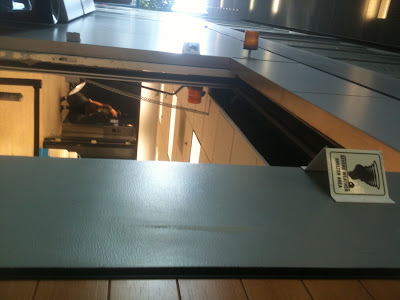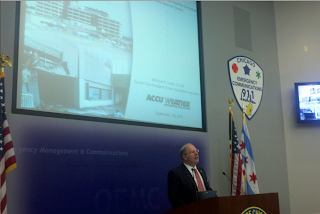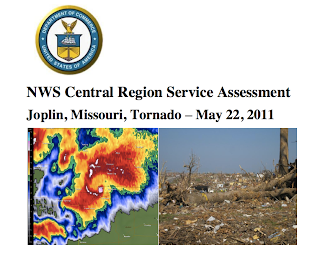We don't often repeat postings at Meteorological Musings but I've been told by people they missed this recent review of Warnings . It was posted at the blog of Prof. Kevin L. Nenstiel, English Department, of the University of Nebraska. It might have been there were seven posts that day. So, for the full review, click here . Some highlights: Smith skillfully makes this and other controversies seem not just important, but exciting. Meteorology, in his telling, has the same bare-knuckle energy we see in politics or sports. These battles, many of which Smith himself fought in, reveal how much of our modern, weather-safe lifestyle is contingent on personalities, and could have gone another way. While weather forecasters often appear starchy and bland, Smith makes the weather into an urgent concern, and a remarkable victory. This story turns the weather into a quest, and meteorologists into the most unlikely heroes in recent literature. Thank you, Professor Nenstiel! If you r























